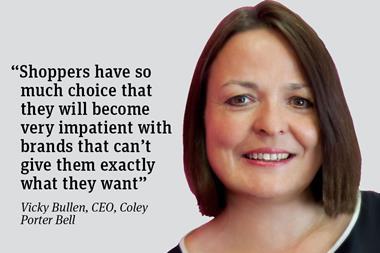
I talked last month about understanding the needs, behaviour and psychology of the shopper, at the point of purchase, and what this means for product design, merchandising and instore marketing.
It is all about getting seen, getting understood and then getting bought. Today I’ll talk about the second - getting understood.
The process of shopping requires significant cognitive effort from the shopper. There are thousands of products to choose from and lots of messages to assimilate or (more commonly) filter out. Shoppers may only engage with a category every few weeks, and typically spend just one or two seconds looking at an individual product.
What is obvious to industry people is often not obvious to shoppers. So making sure that your product is easy to understand is critical. If shoppers don’t understand what you are offering, they won’t buy.
So, what can you do to get understood? There are three key areas. First, telegraph how you are organising the shelves. Don’t agonise for too long over how to lay out a category or store. Choose a way that makes intuitive sense, and then expend your effort on making this crystal clear to the shopper. Take dried herbs: do shoppers think “I think I’ll have some herbs beginning with P today”? Of course not. But does organising herbs alphabetically make sense? Yes, it does.
Second, focus on the key messages you want shoppers to see. Identify the few things that are most important to get across. Be clear about their hierarchy. As part of this, decide what is the single most important message. Make sure you are consistently pushing the key messages across all touchpoints - packaging, shelf-ready packaging and PoS.
Third, spell out what products are for and when to use them. Sometimes this is implicit from the format of a product. For instance, a big bag has come to mean ‘sharing’, a bar means ‘filling’. Be aware of these codes, use them, and don’t fall foul of them.
But often it pays to spell out the occasion for which a product is suited by making it more explicit. Shoppers respond well to being told about an occasion the product will suit. It isn’t patronising. It’s helpful. Don’t be concerned about pigeonholing yourself. Shoppers are bright enough to work out additional occasions.
The way products are bundled through merchandising is also important. Meal and snack deals benefit from promotional mechanics, but also work because they very clearly signal the occasion.
So that’s how to be understood in-store. Spell out what products are for and when to use them. If you’re not understood quickly, you won’t be bought.
Jeremy Garlic is a partner of Insight Traction



















No comments yet